|
Sydenham to Crystal Palace park
Tunnels, old railways lines and mushrooms.
(Photos November 2007, words Feb 2008, © urban75)
Lured by the promise of a walk through the disused Crescent Wood railway tunnel, I joined a 'Fungi Forage' on a Sunday afternoon in November.
The meet up point was at Crescent Wood Road, so we got the train to Sydenham Hill and walked through Dulwich Wood.
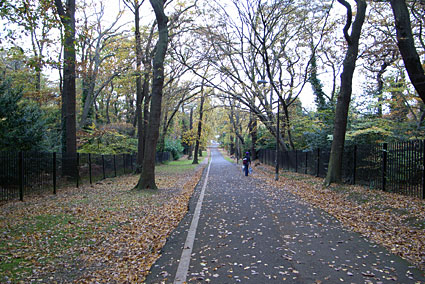
Walking to the meet up point.
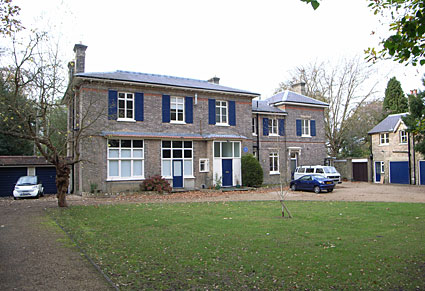
A blue plaque at number 3 Crescent Wood Road, Sydenham celebrates the inventor John Logie Baird, inventor of the world's first working television system.
Baird also demonstrated the world's first colour transmission in 1928, and was the first to demonstrate ultra-short wave transmission four years later. In 1944 he gave the world's first demonstration of a fully electronic colour television display and in the same year came out with a 1000-line Telechrome electronic colour system which would outshine even today's high definition screens.
Not all his inventions were hits - with a notable flop being an attempt to create diamonds by heating graphite. The experiment shorted out Glasgow's electricity supply.
Baird also perfected a rust free glass razor (it shattered) and developed pneumatic shoes (the semi-inflated balloons burst).
 Baird Television. Baird Television.

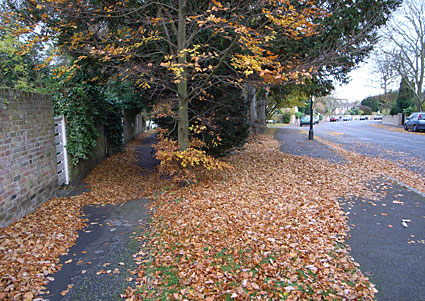
Autumn leaves in Crescent Wood Road.
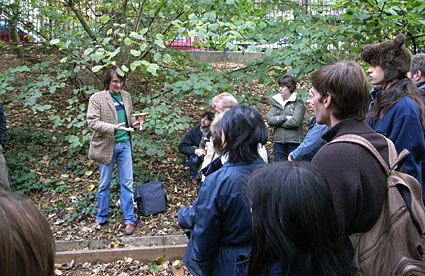
The Fungi Forage begins! By coincidence, one of my Cardiff City supporting mates unexpectedly turned up for the tour, and I found myself stood next to the actress who plays 'June Ackland' from ITV's The Bill.
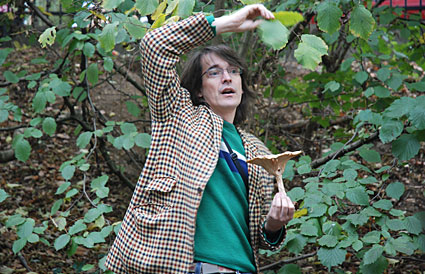
This bloke sure loved his fungi.

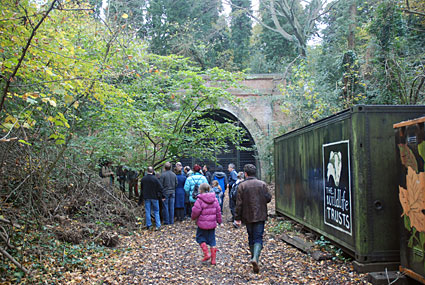
Crescent Wood Tunnel north portal.
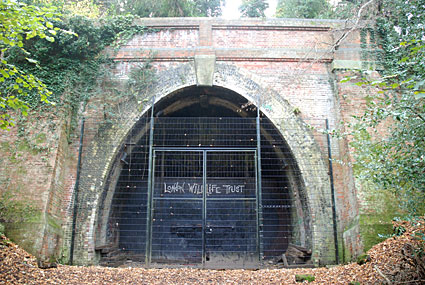
Sadly, my hopes of gaining access to the tunnel were dashed, with the big metal gates remaining firmly closed.
The tunnel was on a line built by the Crystal Palace and South London Junction Railway in August 1865 in the hope of tapping into some of the lucrative traffic to the Crystal Palace.
The line ran from Peckham Rye to the Crystal Palace High Level terminus, but passenger figures never lived up to expectations. Ironically, the great fire of 1936 which destroyed the line's raison d'être aroused such public curiosity, that a special train had to be run.
With the Palace in ruins, traffic slumped with the line being closing for good in 1954.
 Crystal Palace High Level: history Crystal Palace High Level: history
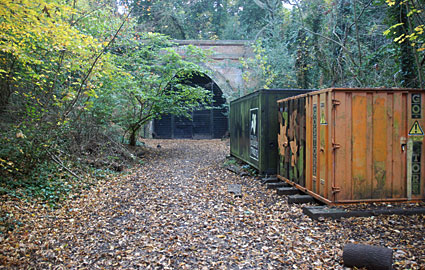
The tunnel is used by London Wildlife Trust.
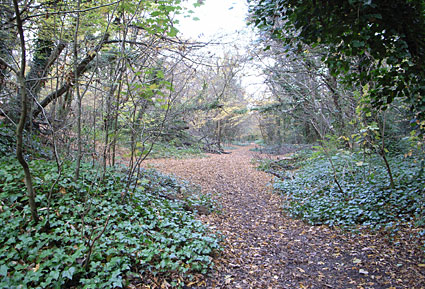
Old trackbed. We decided to break away from the walk and go exploring.

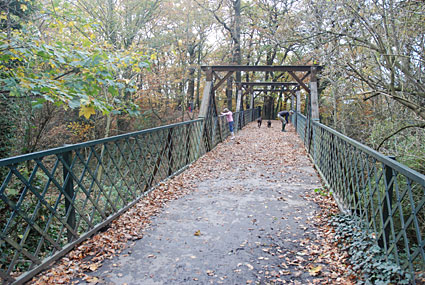
Railway footbridge.
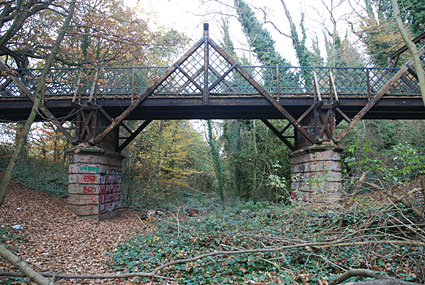
View from the old trackbed.

Burnt out motorscooter.
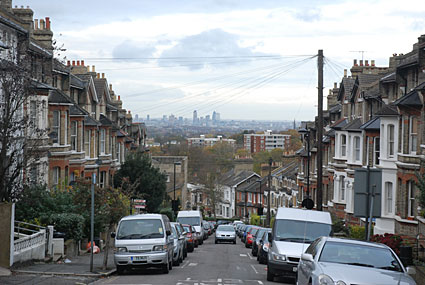
We walked into Crystal Palace - here you can see the city of London in the distance.
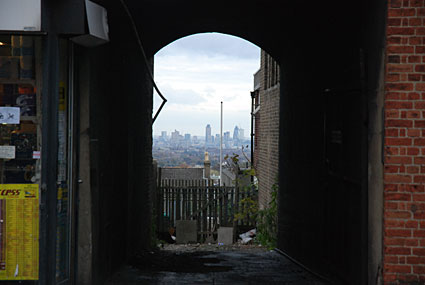
London through an alleyway.

« London features Part 2: Autumnal walk, Crystal Palace park»
|

